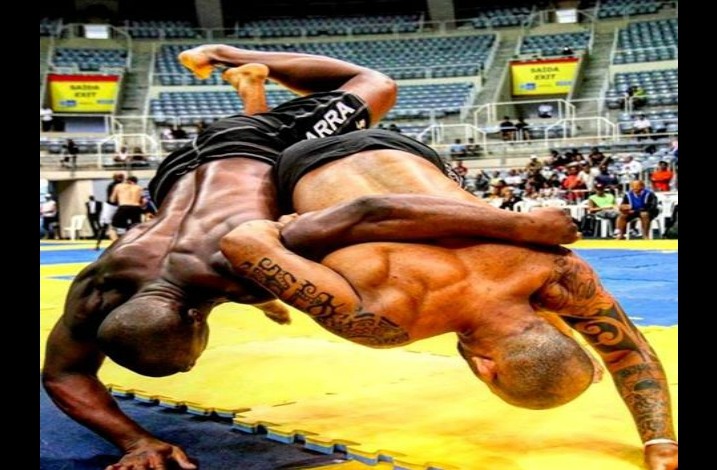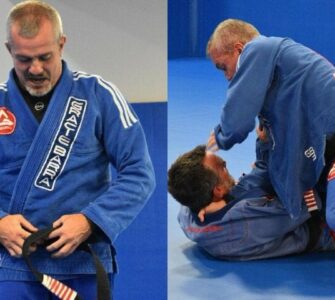A right timed explosive burst in a fight can sometimes make a big difference between winning or losing. Almost anybody can be explosive. It really doesn’t take amazing athleticism. You just need to understand and apply a few key concepts to your Jiu-Jitsu game.
Here are some guidelines which will help you develop your explosive power.
1. Train Jiu-Jitsu explosively
A few years ago, I was sparring in class with my team mate when my instructor Hugo Fevrier stopped me in the middle of the roll. He said, that he had been observing me and that he noticed something that I was doing wrong. He said that I was sparring at the same intensity the whole time, and that it made me predictable for my opponent. I was confused and asked him to tell me more. He said:
“If you look at a scale from 1% to 100% where 1% is staying still and not moving, and 100% is a huge burst of explosive energy, then what you are doing is sparring constantly at 80%.” “You need to be fighting at 50% and explode at 100% when you want to pass guard, take the back, place a submission, go for a sweep, go for a throw, then you return to 50%”.
He was absolutely right. When you watch a lion attacking an antelope, or a crocodile attacking a wildebeest, you will notice that they move very slowly and patiently, then wait for the exact moment when their victim doesn’t concentrate and attack in a explosive fury. Once they secured the position, they go back to their slow controlled pace and recuperate from the outburst of energy.
So I tried it in training and in competition, and I felt immediately a 30% improvement in my Jiu-Jitsu. I was spending so much energy before constantly sparring at 80% when I could be actively resting at 50% and explode for a short bit at 100% then going back to actively resting at 50%. Off course BJJ is not only about being explosive, you need timing, perfect technique and have to set up some moves, but it is always a great advantage to use explosiveness to go for the kill in the same way the great predators do it!
1. Lift weight explosively
Your concentric (exerting force) phase of the lift should be explosive while your eccentric ( the muscle absorbs energy. for ex: downward phase of benchpress ) should be slower.
2. Plyometrics + Other exercises
In addition to improving your performance for Jiu-Jitsu, plyometrics will also help with major lifts like the squat and deadlift. Look at the video below for plyometric workouts.
Other exercises to develop explosive power for Jiu-Jitsu:
– Kettlebell swings & snatches
– Clapping push ups
– Box Jumps
– Olympic lifts
– Jump Squats
– Jump Lunges
– Explosive Duck Walks
– Explosive Stand ups
– Bag Flips
– Bag Throws
– Ultimate Sand Bag/ Medicine Ball Toss
– Clean and Jerk Presses
3. HIIT Sprints
Sprint interval training (SIT), is an enhanced form of interval training, an exercise strategy alternating periods of short intense anaerobic exercise with less-intense recovery periods. HIIT is a form of cardiovascular exercise. Usual HIIT sessions may vary from 4–30 minutes. These short, intense workouts provide improved athletic capacity and condition, improved glucose metabolism, and improved fat burning.
Keep sprint intervals short and recoveries longer. Do 15- to 60-second sprints with one- to four-minute recoveries between. The shorter the sprint time, the shorter the recovery time between sprints. Aim for at least four minutes total sprint time during a workout and no more than eight minutes. Keep moving during the recovery cycles but with a low intensity.
Don’t overdo explosive training
Your strength and conditioning should not only be about explosive training as it can be very hard on the body and nervous system. Mix it up a bit.
Have a look at this training video of randy Couture where he does plyometrics, and olympic lifts.
Next training give this concept a try and tell me how it works for you.
Randy Couture Plyometrics + Olympic lifts

















